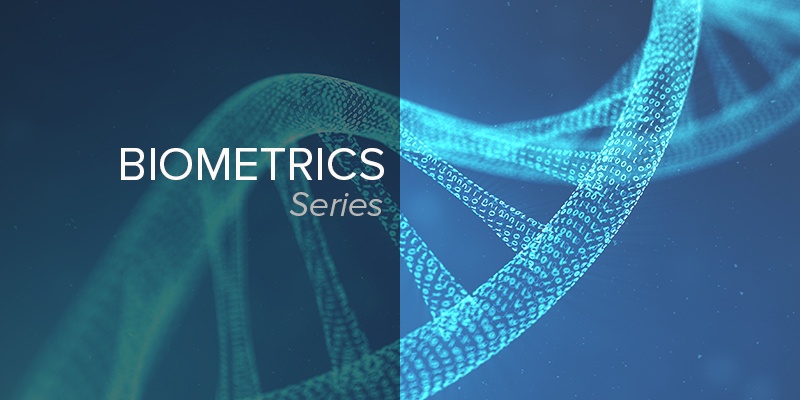
Mention biometrics and most people immediately think of fingerprints and/or iris and facial recognition. But there are many more distinctive, measurable personal characteristics being used to authenticate identity.
Here’s a look at a few of them.Hand geometry. This biometric has been on the market since the late 1980s and was used to identify athletes entering the Olympic Village at the 1996 Olympics. It’s an easy technology to use. A person places a hand on a reader that compares the shape of the hand and takes measurements such as the length of fingers, the width of the palm and the distance between knuckles. Readings can be affected by rings, arthritis and it’s not ideal for growing children. By today's standards it’s not considered accurate enough to serve as a standalone biometric.
Voice recognition. This technology works with software capable of identifying and authenticating what’s called a “voiceprint.” A person’s voice is analyzed for more than 140 factors related to the frequency and flow and natural accent and then compared to a recorded voice sample. Voice recognition is often used by data centers in lieu of, or along with, a password for telephone customers. Studies have shown the human voice changes slightly – often imperceptibly to the ear – over months and years, making this another technology not ideal for areas requiring high security.
Behavioral biometrics. This is a catch-all category that can include how a person walks or even uses a keyboard or a mouse. Software picks out match points that is gathered through enrollment data. Algorithms turn the match points into numeric values that will be compared to live samples for authenticating identity. There’s much more research needed before these technologies are ready for widespread acceptance.
DNA. This is considered the gold standard of biometrics. It’s the genetic blueprint found in each cell of the body that makes us who we are. And with the exception of genetic twins, everyone’s DNA is unique. DNA tests are routinely used by police in forensic crime investigations. However, the cost and time it takes to get results make them unsuitable for access control and other uses. But researchers are getting closer to inexpensive, real-time DNA tests.
Biometrics have become an important part of an overall security plan. Hand geometry, voice recognition and behavioral biometrics will find a place as a second – or even third – authenticating factor. For example, keystroke recognition may help ensure the person authorized for building entry by other systems is truly the person approved to access a corporate network.
An experienced security integrator can help you decide if any of these biometric technologies are right for your organization.
